 The war is going on between the retailers (supermarkets and hypermarkets) and the suppliers (brand principles) and if you are wondering why, it is because of the non-stop products price increase.
The war is going on between the retailers (supermarkets and hypermarkets) and the suppliers (brand principles) and if you are wondering why, it is because of the non-stop products price increase.
And no matter who will win at the end of the tunnel (it is a very very long tunnel), the biggest loser will be the consumer as both parties are trying to pass the new cost(s) to him.
Some retailers are categorically refusing the new rising costs while others are putting a limit for the increase by fixing a percentage (Leclerc in France limited it to 2%), and some (which I hardly believe) are cutting some points from their own margins to keep the prices aligned because they would like to maintain their status of EDLP (everyday low prices).
Definitely the biggest part of this pressure is on the suppliers because of the endless influence of retailers and the ability of buyers to say “NO” (sometimes no matter what you offer them).
Therefore some suppliers will follow a new tactical move and it is by decreasing the packaging size, which means offering less for the same price, leading to have a higher unit price and making it difficult to consumers to spot the difference and in my opinion this is not ethical.
Some brand principles have a different point of view, such as increasing prices and all the rest will follow but this is a risky step to take and needs some time to be reflected on the market and might take some consumers away from picking their products and some other principles might take advantage of this by waiting some time and giving the impression that their prices are stable and this might lead to some confusing on the consumer decision making while at the shelf.

During all this dilemma, the retailers are giving more hard time to suppliers by cutting down their assortments and removing under-performing products provided that this will not hurt the consumer basket, consequently this will help them optimize their shelves with products bringing more margins to their pockets.
We have also seen some extreme situations, where retailers delisted well known international brands, as example, Costco in the US removed Coca-Cola from its shelves for 3 weeks back in 2009 and in the UK, a Tesco and Premier Foods dispute for same reasons, led to the removal of 12-18 products from the shelves.
Before judging who is right or wrong, one thing is sure, the power continues to shift into the hands of the retailers, and this goes for every and each market and country.


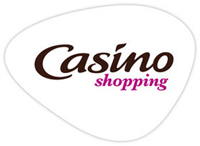 Petit Casino, flagship of proximity stores of
Petit Casino, flagship of proximity stores of 

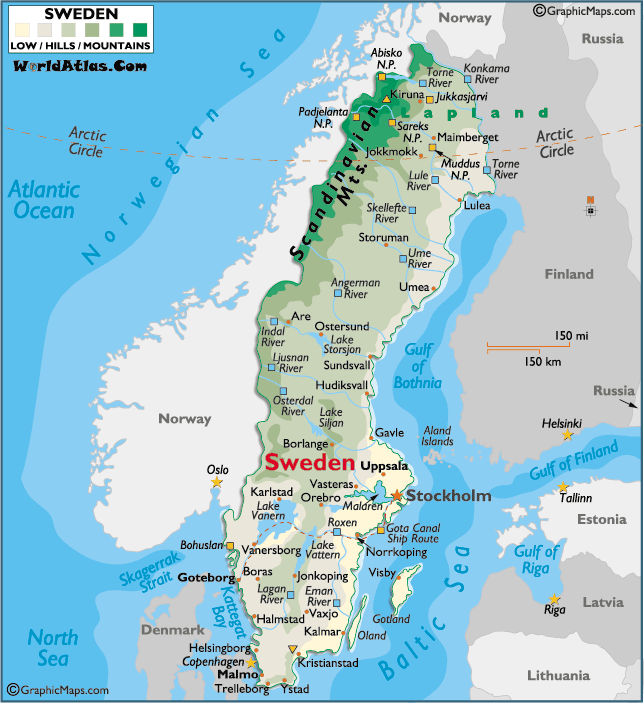
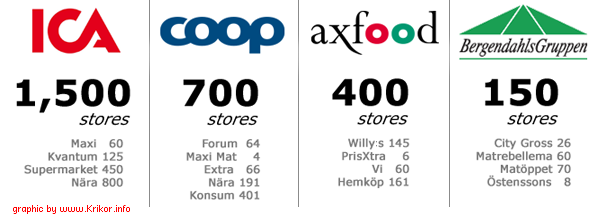
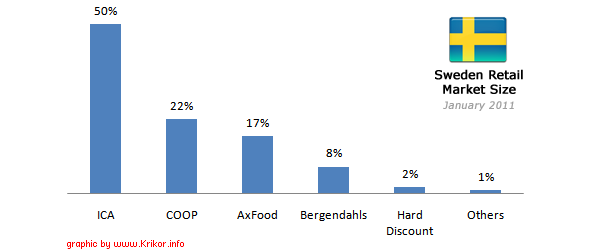
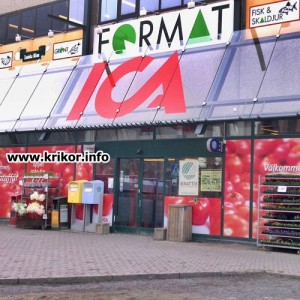
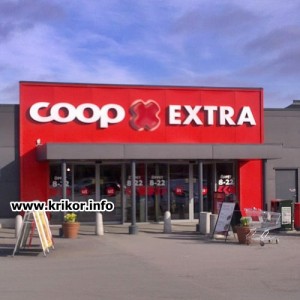
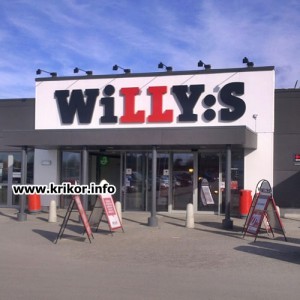
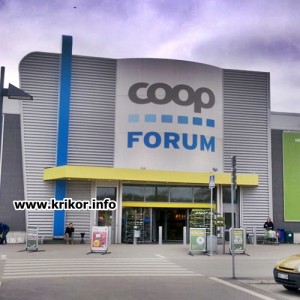
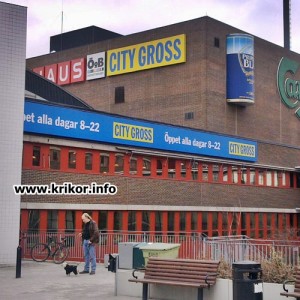
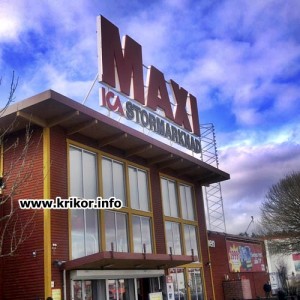

 Today
Today 
 The war is going on between the retailers (supermarkets and hypermarkets) and the suppliers (brand principles) and if you are wondering why, it is because of the non-stop products price increase.
The war is going on between the retailers (supermarkets and hypermarkets) and the suppliers (brand principles) and if you are wondering why, it is because of the non-stop products price increase.